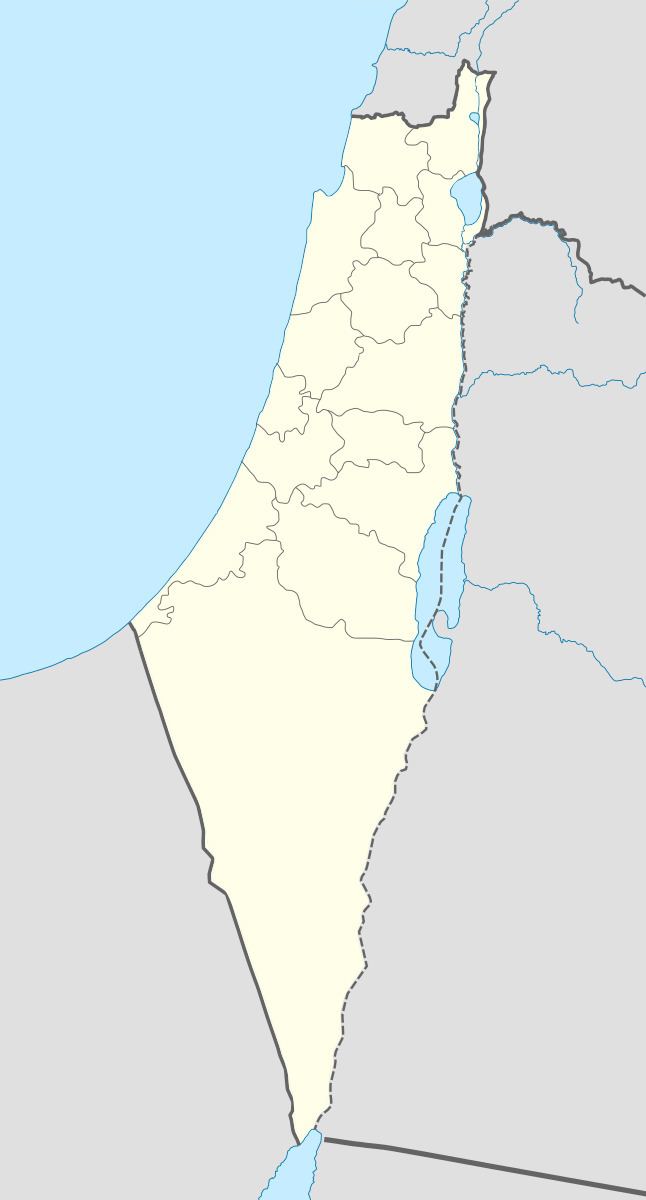Arabic فارة Palestine grid 193/274 Date of depopulation 30 October 1948 | Area 7,229 dunams | |
 | ||
Name meaning Farah, The highest parts of a mountain Cause(s) of depopulation Military assault by Yishuv forces | ||
Fara (Arabic: فارة) was a Palestinian Arab village in the Safad Subdistrict. It was depopulated during the 1948 Arab-Israeli War on October 30, 1948 under Operation Hiram. It was located 11.5 km north of Safad on the Wadi al-Fara.
Contents
History
According to he Palestine Exploration Fund's Survey of Western Palestine (SWP) this place seems to be the most probable site of Caphar Farara (or Farawa), where was the tomb of R. Nahum of Gimzo, as mentioned in the various Jewish itineraries from 1210 to 1664 C.E.
Ottoman era
During the early Ottoman era in 1596, Fara was part of the nahiyah ("subdistrict") of Jira, part of the Liwa ("district") of Safad. It had a population of 40 households and 11 bachelors; an estimated 281 persons, all Muslim. They paid a fixed tax rate of 25% on agricultural products, including wheat, barley, olive trees, vineyards, goats and beehives, in addition to occasional revenues and a press for olive oil or grape syrup; a total of 3,832 Akçe. Half of the revenues went to a waqf.
In 1881 the SWP described Farah as having “Mud and basalt houses, containing about 100 Moslems. It is situated on a plain, cultivated as arable land. Water from Wady Far'ah and from cisterns and birket." The villagers cultivated olive and fig trees and vineyards.
British Mandate era
In the 1922 census of Palestine conducted by the British Mandate authorities, ‘’Fara‘’ had a population of 218, all Muslims except 1 Christian, increasing slightly in the 1931 census to 229, all Muslims, in a total of 42 houses.
In 1944/5 it had a population of 320 Muslims, with a total of 7,229 dunums of land. Of this, 3,738 were used for cereal, 173 were irrigated or used for orchards, while 38 dunams were classified as built-up, (urban), land.
